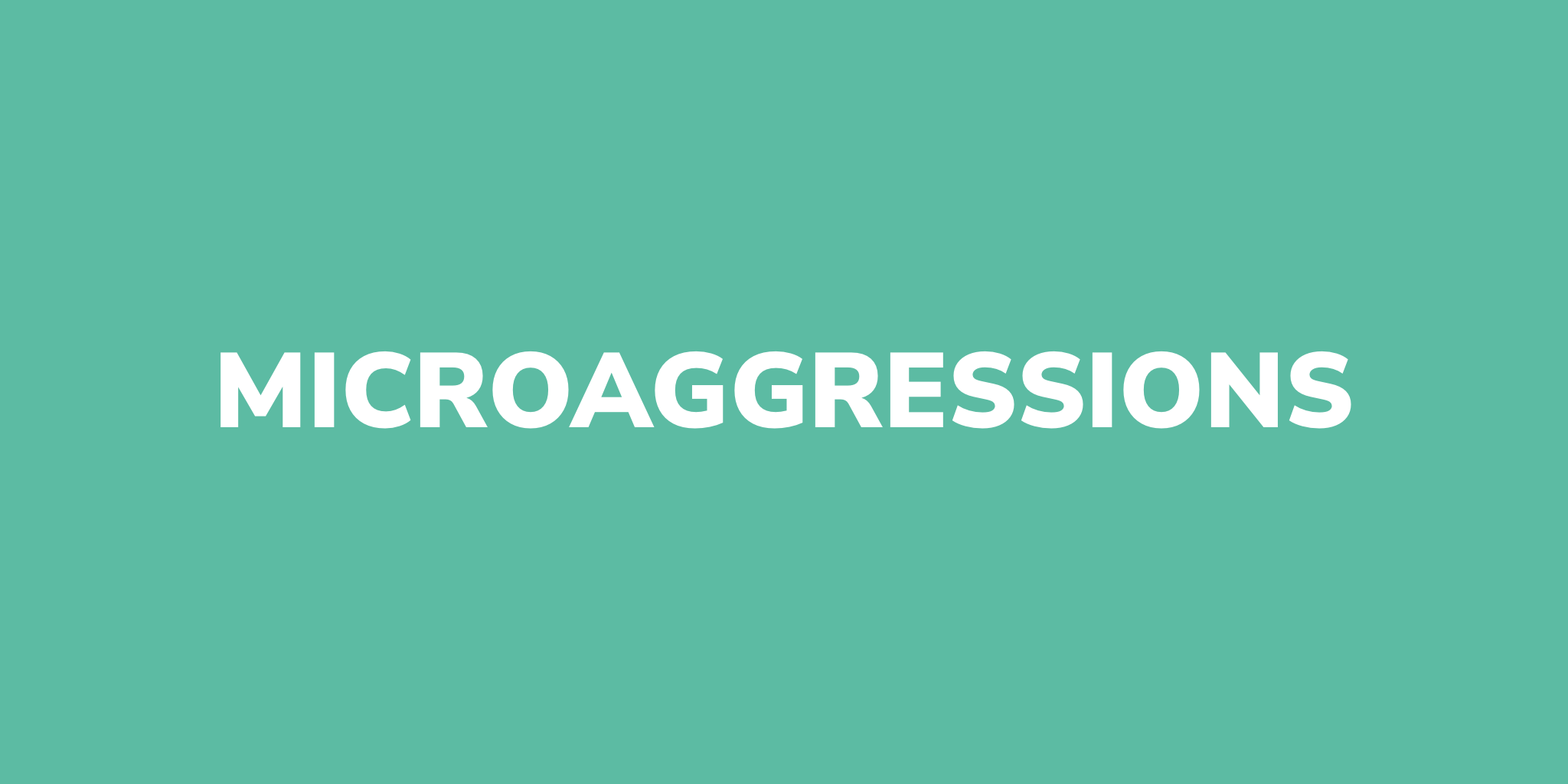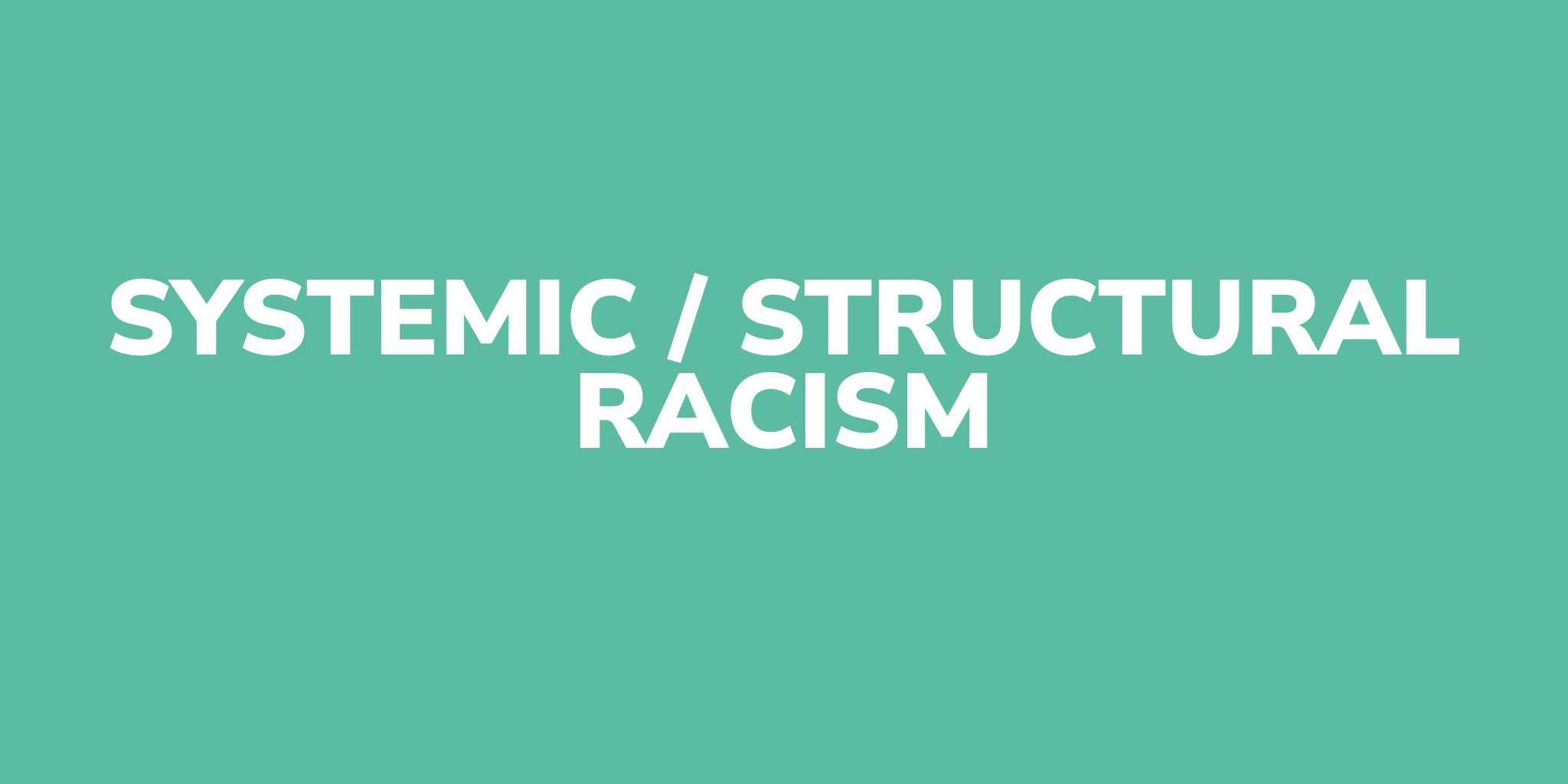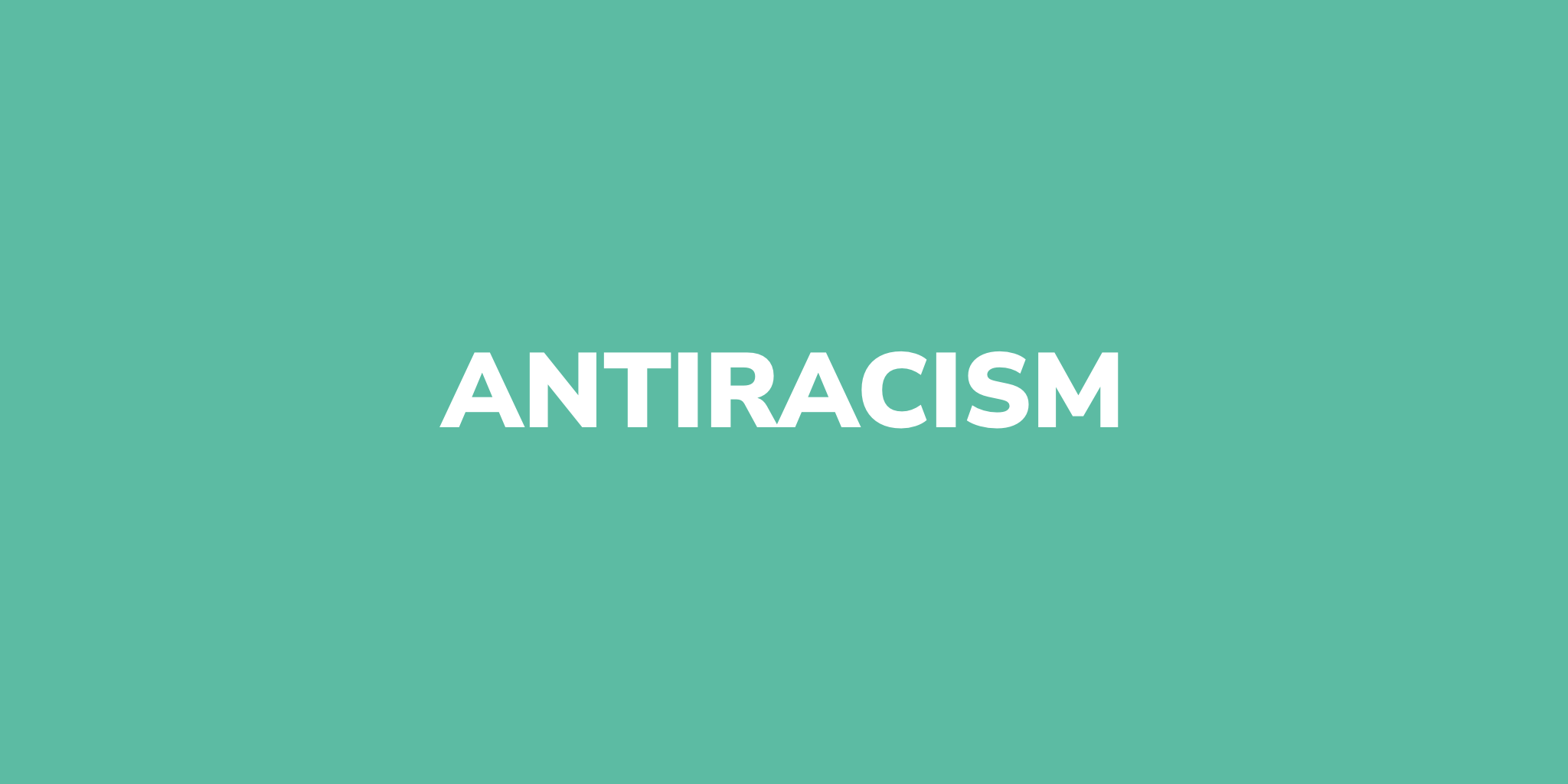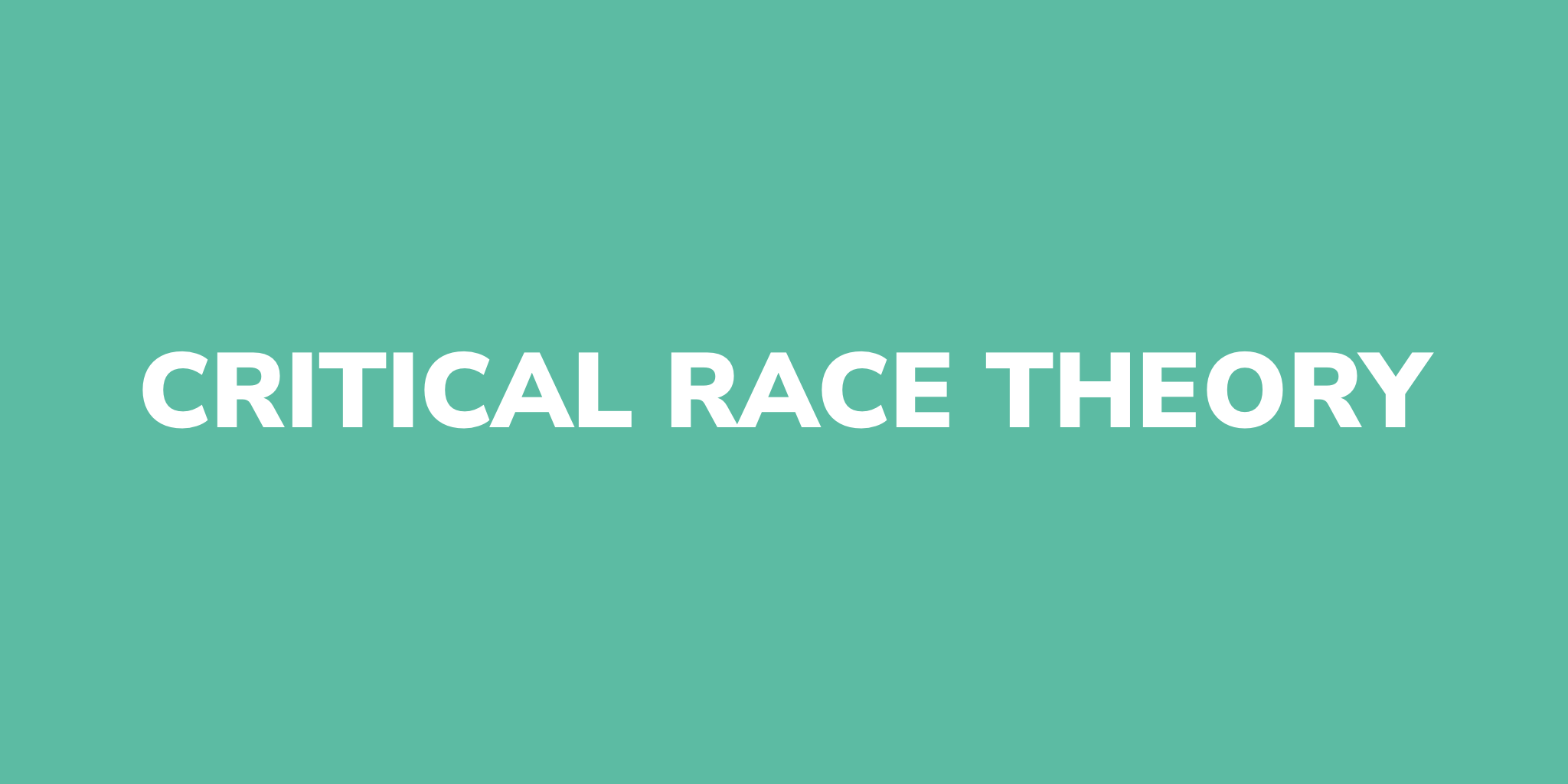Key Terms and Definitions
The verbal, non-verbal, behavioral, or environmental indignities that convey negative racial slights towards people of color (Pierce, 1970; Sue et al., 2007).
The unearned benefits Whites receive in a society that maintains whiteness at the top of the racial hierarchy (McIntosh, 1988).
When Whites experience racial stress as intolerable and react with fear, guilt, arguments, or remaining silent (DiAngelo, 2011).
The norms and values reinforced by American culture that White people are better, smarter, more beautiful, and more valuable than people of color (Wilkerson, 2019).
A system of bias that occurs within ethnic groups whereby lighter skin tone and Eurocentric features are more valued (Abrams, 2020).
The belief that to avoid appearing bias a person will not consider the race or ethnicity of others. This practice invalidates the lived experience of those from a different race/ethnicity (Apfelbaum et al., 2008).
The systems, policies, and institutional structures created and maintained to perpetuate racial inequalities in every domain of life (Bonilla-Silva, 2021).
How societal categories such as race, gender, and class intersect creating different experiences of racism and discrimination (Crenshaw, 1990).
When people or institutions support antiracist policies and the expression of antiracist ideas (Kendi, 2019).
People of color voice their experiences of racism and discrimination so Whites can understand life from their perspective (DeCuir & Dixson, 2004).
Race is a social construction and unjust laws based upon race have been embedded within society creating structural inequalities (Bell, 1995; Evans, 2022; Ortiz & Jani, 2010).










